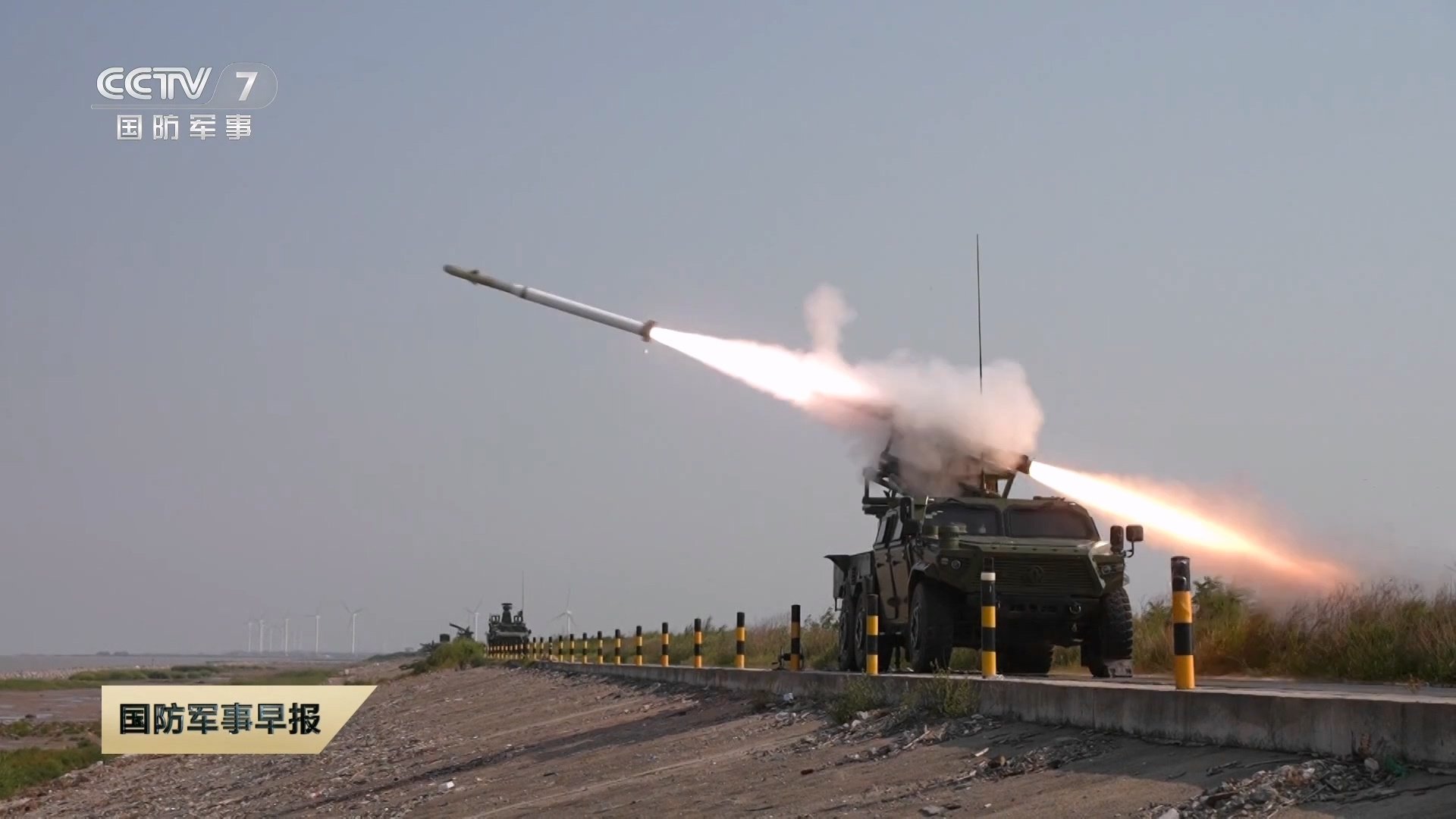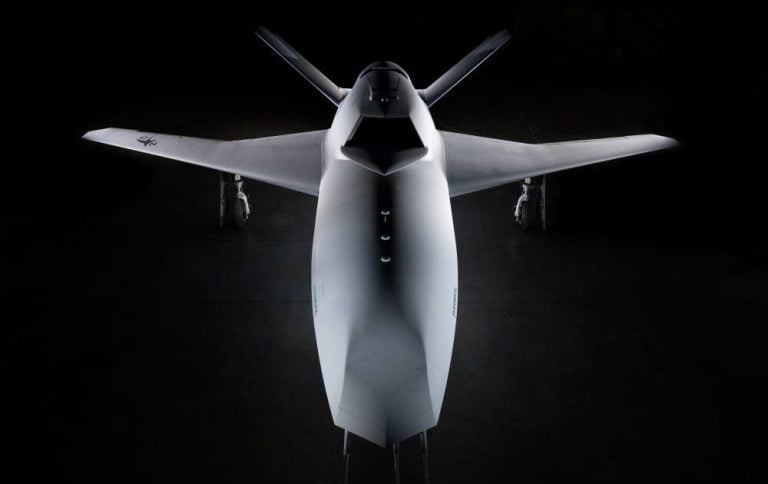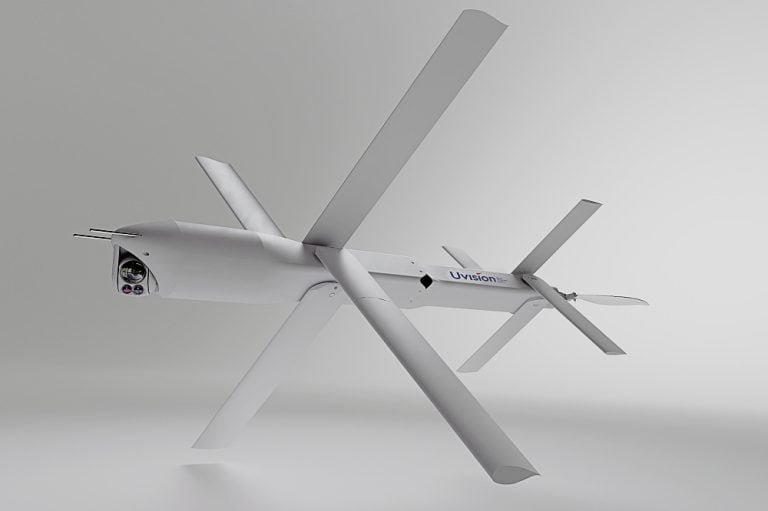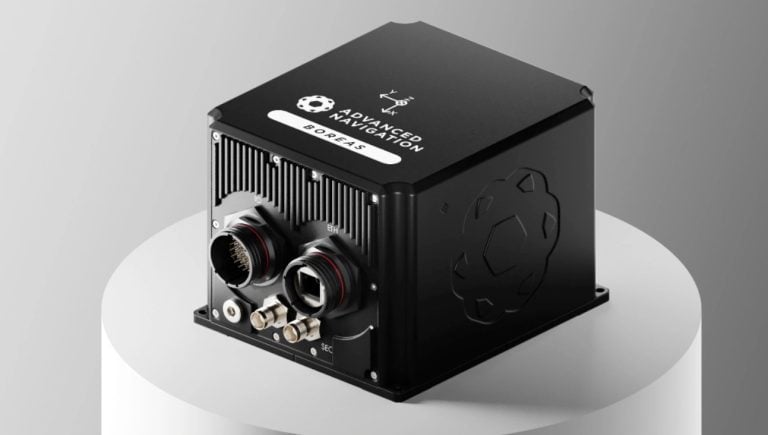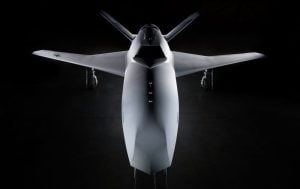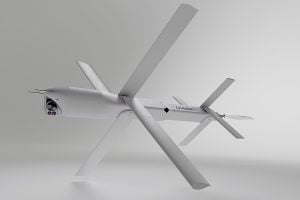A newly unveiled short-range air defense (SHORAD) system from China marks a significant development in the country’s military capabilities, particularly in its efforts to counter aerial threats such as drones, helicopters, and low-flying missiles that pose risks to its maneuver units. This advanced air defense weapon was designed to provide rapid response capabilities, enhancing the security of key military assets.
The SHORAD system is mounted on a Dongfeng Mengshi 6×6 all-terrain vehicle, which allows for improved mobility in diverse terrains. This platform integrates a compact rotating radar system alongside twin missile rails and advanced electro-optical sensors, consolidating multiple functionalities into a single mobile unit. The design is optimized for quick deployment and operational readiness on the battlefield.
In comparison to earlier models, specifically the SWS3 gun-missile SHORAD concept, this new system has made a notable departure by eliminating the 35mm cannon. Instead, it features a dedicated two-missile launcher, streamlining its offensive and defensive capabilities. This shift suggests a stronger focus on guided missiles rather than traditional ballistic options, reflecting a broader trend in modern warfare that prioritizes precision strikes against fast-moving aerial threats.
The introduction of this system underscores China’s strategic objective of bolstering its defensive measures amid growing regional tensions and evolving military challenges. By enhancing its air defense capabilities with agile and effective solutions, China seeks to ensure that its maneuver forces can operate securely and effectively even in contested environments.
This latest development is part of Beijing’s ongoing modernization efforts, as it continues to invest in advanced military technologies to maintain its competitive edge. The emergence of such systems highlights both a response to evolving threats and an aspiration to lead in military innovation on a global scale.
